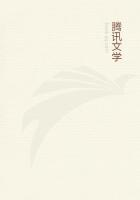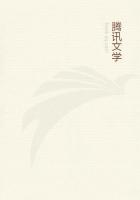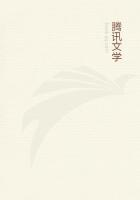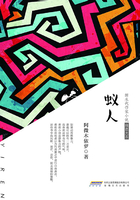We know that in 1639the king of Vijayanagar was named Ranga or Sri-Ranga,and that he was at that time residing at Chandragiri;because in that year Mr.Day,the head of the English trading station a Madras,obtained from the king a grant of land at that place,one mile broad by five miles long,on which Fort St.George was afterwards constructed.The country about Madras was then ruled over by a governor or Naik,and so little heed did he pay to the wishes or commands of his titular sovereign,that although the Raya had directed that the name of the new town should be "Srirangarayalapatnam"("city of Sri Ranga Raya"),the Naik christened it after the name of his own father,Chenna,and called it "Chennapatnam,"by which appellation it has ever since been known to the Hindus.Such,at least,is the local tradition.This king was probably the Ranga VI.of the Epigraphia list,mentioned as living in 1644A.D.
After this date my (doubtful and unexamined)inions yield the following names and dates:--A.D.
Ranga1643,1647,1655,1662,1663,1665,1667,1678Venkata1678,1680
Ranga1692
Venkata1706
Ranga1716
Mahadeva1724
Ranga1729
Venkata1732
Rama1739(?)
Venkata1744
Venkata1791,1792,1793
From Sir Thomas Munro's papers I gather that the territory about the old family estate of Anegundi was early in the eighteenth century held by the Rayas from the Mogul emperor of Delhi as a tributary state.In 1749it was seized by the Mahrattas,and in 1775it was reduced by Haidar Ali of Mysore,but continued to exist as a tributary quasi-independent state till the time of Tipu (Tippoo Sultan).
Tipu,who never suffered from an excess of compunction or compassion when his own interests were at stake,annexed the estate bodily to his dominions in 1786.Thirteen years later he was killed at Seringapatam,and in the settlement that followed the little territory was made over to the Nizam of Haidarabad,the English Government retaining all lands on their side of the Tungabhadra.Partly in compensation for this loss of land the Government has till very recently paid an annual pension to the head of the Anegundi family.This has now been abolished.
Chronicles of Paes and Nuniz Letter (?to the historian Barros)which accompanied the Chronicles when sent from India to Portugal about the year 1537A.D.
Since I have lived till now in this city (?Goa),it seemed necessary to do what your Honour desired of me,namely,to search for men who had formerly been in Bisnaga;for I know that no one goes there without bringing away his quire of paper written about its affairs.Thus Iobtained this summary from one Domingos Paes,who goes there,and who was at Bisnaga in the time of Crisnarao when Cristovao de Figueiredo was there.I obtained another from Fernao Nuniz,who was there three years trading in horses (which did not prove remunerative).Since one man cannot tell everything --one relating some things which another does not --I send both the summaries made by them,namely,one in the time of Crisnarao,as I have said,and the other sent from there six months since.I desire to do this because your honour can gather what is useful to you from both,and because you will thus give the more credit to some things in the chronicle of the kings of Bisnaga,since they conform one to the other.The copy of the summary which he began to make[370]when he first went to the kingdom of Bisnaga is as follows:--Narrative of Domingos Paes (written probably A.D.1520--22)Of the things which I saw and contrived to learn concerning the kingdom of Narsimga,etc.[371]
On leaving India[372]to travel towards the kingdom of Narsymga from the sea-coast,you have (first)to pass a range of hills (SERRA),the boundary of the said kingdom and of those territories which are by the sea.This SERRA runs along the whole of the coast of India,and has passes by which people enter the interior;for all the rest of the range is very rocky and is filled with thick forest.The said kingdom has many places on the coast of India;they are seaports with which we are at peace,and in some of them we have factories,namely,Amcola,Mirgeo,Honor,Batecalla,Mamgalor,Bracalor,and Bacanor.And as soon as we are above this SERRA we have a plain country in which there are no more ranges of hills,but only a few mountains,and these small ones;for all the rest is like the plains of Ssantarem.[373]Only on the road from Batecala[374]to a town called ZAMBUJA,there are some ranges with forests;nevertheless the road is very even.From Batecala to this town of Zambur[375]is forty leagues;the road has many streams of water by its side,and because of this so much merchandise flows to Batecala that every year there come five or six thousand pack-oxen.

